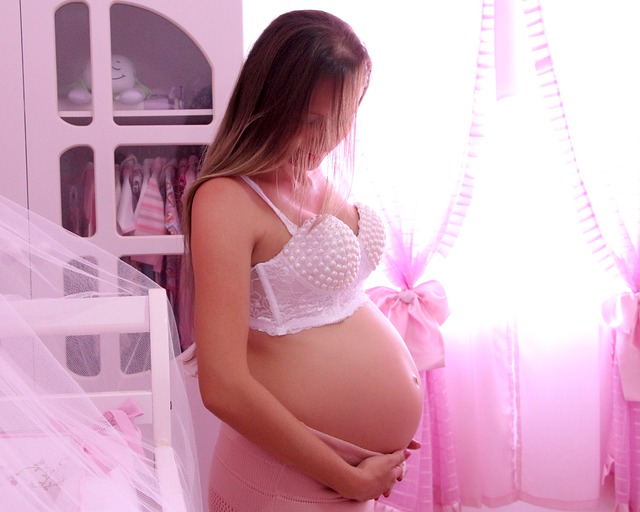A few weeks ago, I had the incredible opportunity to share my work on bullying prevention with a group of enthusiastic children at a local bookstore. The joy of engaging with these bright young minds was further amplified when a reporter attended and wrote a wonderful piece about my efforts with kids, parents, educators, and youth care professionals. The article has since triggered numerous conversations in my community, as many people recognized themselves in the stories of bullying I had shared.
Since the article’s publication, I’ve been moved to tears listening to parents express their anger and feelings of powerlessness regarding their children’s experiences with bullying. One particularly talented, albeit socially awkward, middle school student left a lasting impression with his articulate and painful recounting of incessant physical and verbal bullying on his school bus. An elementary girl shared how she felt compelled to erase her Australian accent shortly after starting school in the U.S. due to her classmates’ rejection. The frequency of these incidents never ceases to astonish me; the sheer cruelty of some children’s behavior is staggering.
I want to preface this discussion by acknowledging that many stories of bullying shared with me are genuinely horrific and deeply upsetting. However, it’s crucial to also recognize that not all stories fall into this category. Recently, an acquaintance approached me after reading about my work:
“Clara, I saw your picture in the paper. Congratulations! I didn’t realize you worked with bullied kids. Things have gotten so bad! My daughter was bullied last week after school. A kid from our neighborhood threw a handful of leaves in her face as she got off the bus! She came home with leaves in her coat. It’s awful! I’m at a loss for how to handle these bullies.”
“Was she upset when she got home?” I asked, showing empathy.
“No, she just brushed off the leaves and said they were playing together,” she replied.
“Oh,” I said, sensing that kids often downplay their experiences due to embarrassment. “Did you get the impression she was trying to cover for the boy?”
“No, she seemed to think it was fun. She even threw leaves back at him, which I told her NEVER to do again! The nerve of those kids.”
I probed further, “Was it just this one boy throwing leaves, or were there others involved?”
“It was just him,” she assured me.
“Does he usually bother her?” I pressed on.
“No, not that I know of. This was the first time she mentioned him. But it better not happen again! I’ll be informing the principal if it does!”
While I strive to honor everyone’s experiences (it’s the social worker in me!), I often hear stories like this that prompt me to delineate between rudeness, meanness, and actual bullying. I first learned about these distinctions from renowned children’s author, Trudy Ludwig, and found them immensely helpful:
- Rude behavior involves unintentionally saying or doing something that hurts someone else. A relative of mine, for example, often comments on my curly hair, suggesting I should consider coloring it or straightening it. While her intentions are likely good, her remarks can sting, and it’s essential to remember they stem from a place of love. For children, rudeness might manifest as burping in someone’s face, cutting in line, or even tossing leaves at someone. On their own, these actions may seem bullying-related, but they typically stem from thoughtlessness rather than a desire to inflict harm.
- Mean behavior is when someone intentionally says or does something hurtful to another person, either once or perhaps twice. The key difference between rudeness and meanness is intent. Mean behavior is often aimed directly at diminishing someone else, like criticizing their clothing or intelligence, and can stem from feelings of anger or the misguided need to elevate oneself at another’s expense. Common examples include sarcastically belittling someone’s outfit or making derogatory comments about their appearance.
- Bullying, however, is a more serious issue characterized by intentional aggression that occurs repeatedly and involves a power imbalance. Experts agree that bullying encompasses three fundamental components: an intent to harm, a disparity of power, and a pattern of repeated aggressive actions. Children who bully often show no remorse, even when their victims express hurt or ask them to stop. Bullying can take various forms, including physical aggression, verbal insults, relational aggression (such as social exclusion), and cyberbullying—where technology amplifies the potential for harm.
Understanding these distinctions is vital because, in today’s fast-paced media landscape, we risk trivializing the real issue of bullying. While it’s crucial for parents and educators to listen to children’s stories, mislabeling rudeness or mean behavior as bullying can dilute the urgency of genuine cases. We’ve made significant strides in addressing bullying, with 49 states enacting anti-bullying legislation. However, if we don’t differentiate between these behaviors, we might become desensitized and overlook the seriousness of true bullying, which can have life-altering consequences for young people.
For more insightful discussions on this topic, check out this resource on treating infertility, and for additional information on home insemination, visit this related post. You can also explore this article for expert guidance on the subject.
In summary, understanding the nuances between rudeness, meanness, and bullying is essential for effectively addressing and intervening in children’s social interactions. By fostering awareness and sensitivity, we can create a supportive environment for our children that prioritizes empathy and respect.
